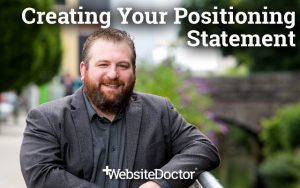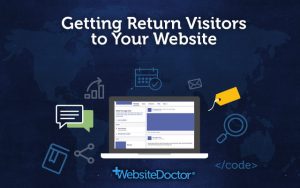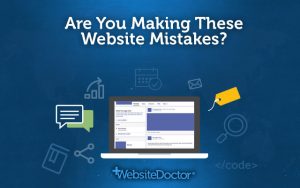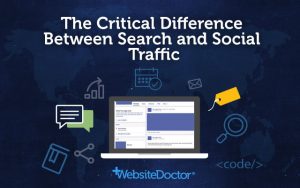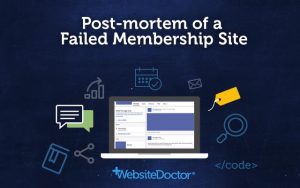Want Your Website to Bring You Leads? You Have Two Choices
If you’re selling high-touch professional services and you want your website to help you generate leads, you have two clear options:
- build a passive site that builds trust, or
- build an active site that attracts and converts visitors.
Your website either works for you – or it doesn’t. Making the right choice will directly impact how many opportunities land in your inbox.
Let’s break it down simply.
Table of Contents
Passive vs Active Websites for Professional Services
| Aspect | Passive Website | Active Website |
|---|---|---|
| Primary Function | Acts as an online brochure; builds credibility and trust | Actively attracts, engages, and converts visitors into leads |
| Interactivity | Minimal; mostly static content (about, services, contact) | Highly interactive; includes lead magnets, forms, calls-to-action |
| Content Approach | Basic company information, testimonials, and portfolio | Regularly updated blogs, guides, case studies, and resources |
| Lead Generation | Not designed to generate leads directly; relies on referrals | Designed to capture leads and nurture prospects through content and engagement |
| User Engagement | Visitors are passive information consumers | Visitors are encouraged to take action (subscribe, download, contact) |
| SEO & Marketing | Limited or no focus on SEO or inbound marketing | Strong focus on SEO, content marketing, and visibility |
| Client Relationship | Primarily validates consultant to referred prospects | Builds relationships with new prospects and educates them |
| Examples | Simple informational site, digital business card | Authority-building site, content hub, lead generation site |
So, Which One Should You Choose?
At the start, many consultants go with a passive website. It’s faster, cheaper, and supports a referral-based business.
But if you want to:
- Grow beyond referrals
- Attract cold prospects
- Build real authority in your field
then you need to move towards an active, inbound marketing website.
An active site turns visitors into subscribers, leads, and eventually paying clients.
10 Essentials Every Consultant’s Website Needs
Regardless of whether you’re passive or active right now, your site must include:
- Professional, credible design
- Consistent branding
- High-quality photography (no obvious stock images)
- Messaging that addresses client problems
- Strong social proof (testimonials, client logos, case studies)
- Clear and visible calls-to-action
- Fast loading speed (under 3 seconds)
- Readable typography (55–75 characters per line)
- Easy-to-find contact information
- An About page that builds real trust
And don’t forget: a powerful positioning statement on your homepage can make or break a first impression.
Why Upgrading Your Website Matters Now
The world is shifting. Buyers are doing more research online before reaching out.
A passive, brochure-style site might have been enough five years ago.
Today, it’s an expensive missed opportunity.
If you want to be seen as an expert worth hiring, you need a site that actively attracts and educates your ideal prospects.
This isn’t about being aggressive – it’s about making it easy for the right people to find you, trust you, and take the next step.
Personal Experience: Passive to Active
When I first started consulting, my website was passive: clean, professional, but static.
It supported referrals… but it never created them.
Once I shifted to an active site – publishing useful content, building an email list, offering lead magnets – everything changed.
I stopped chasing opportunities. They started finding me.
Building a lead-generating website was the most impactful marketing move I made.
What’s Your Website Doing For You Right Now?
Is your site just validating referrals, or is it actively helping you grow?
If you want it to work harder for you, now’s the time to upgrade.

 What stays the same?
What stays the same?